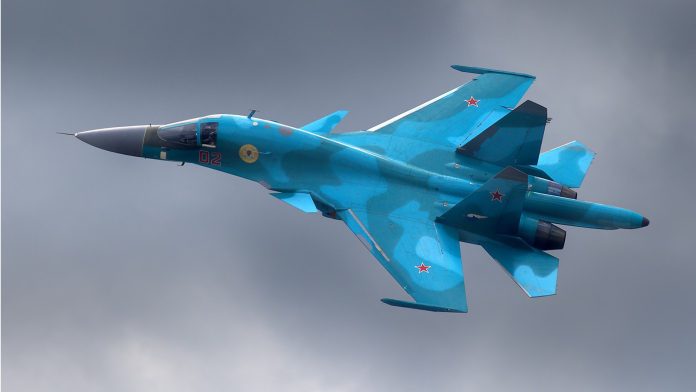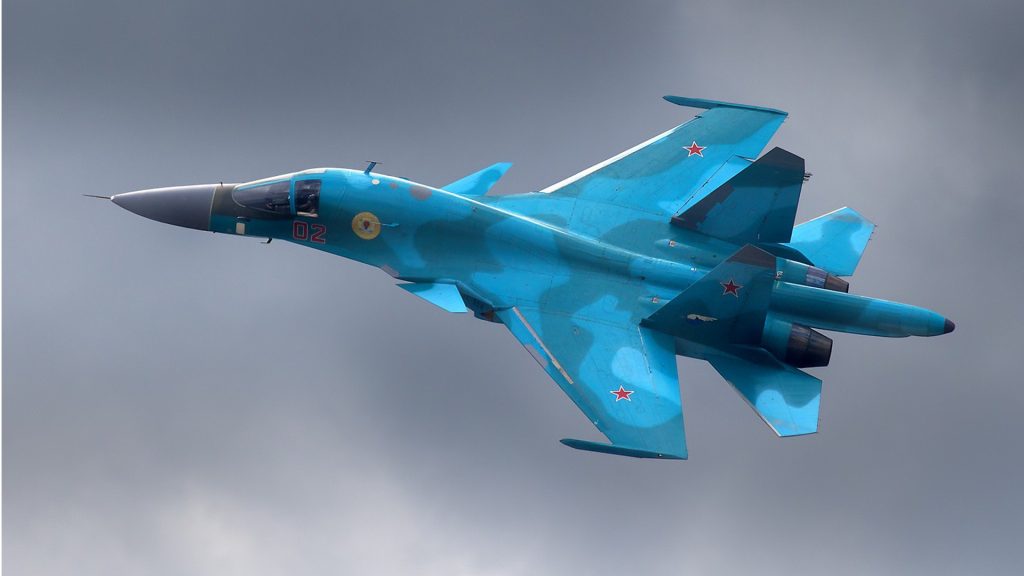
Are Russia’s most advanced fighter-bombers actually safe, even hundreds of miles from the combat zone? The recent Ukrainian drone attack on Marinovka airfield reopened controversy over Russia’s much-touted Su-34 fleet vulnerability and the revamping balance of air power in Eastern Europe. The attack deep in Russian territory not only harmed top-priority aircraft but also highlighted the weakness of traditional airbase defenses against insidious, long-range unmanned aircraft.
This listicle delves into the operational, technical, and strategic dimensions of the Marinovka strike. Informed by open-source intelligence, satellite imagery, and defence analysis, it breaks down the significance for Russian and Ukrainian military strategy both. Below are nine essential takeaways that defence practitioners and OSINT analysts cannot ignore.
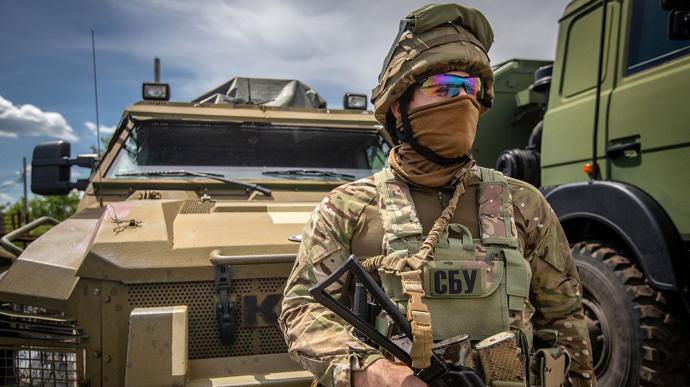
1. The Strike: Ukraine’s Deepest Drone Incursion Yet
Ukrainian Security Service (SBU) and Special Operations Forces launched a pinpoint drone attack on Marinovka airfield in Russia’s Volgograd Oblast on June 27. The airfield, over 400 kilometers from the Ukrainian border, had served as a refuge for Su-34 fighter-bombers moved from more vulnerable bases. According to the General Staff of Ukraine, the mission shot down two Su-34s and destroyed two others, a claim subsequently verified by satellite imagery that showed blast marks at the location satellite imagery that showed blast marks at the location.
This strike, carried out with long-range UAVs, is a new chapter for Ukraine’s ability to put high-priority Russian military targets in harm’s way, even outside the front lines. The success of the operation was corroborated by independent OSINT sources, which visually verified the destruction and damage inflicted on the aircraft.
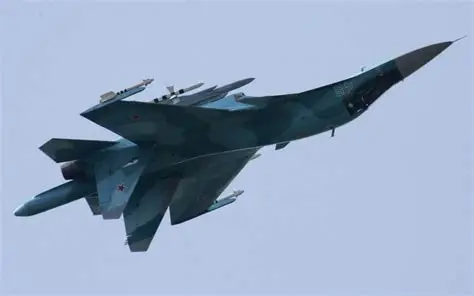
2. The Su-34: Russia’s Backbone for Glide Bomb Attacks
The Su-34 “Fullback” is a multi-fused, next-generation strike fighter at the center of Russia’s glide bomb campaign against Ukrainian troops. Its unique design features, such as a side-by-side seated, titanium-armored cockpit, were constructed for survival and long-range missions side-by-side seated, titanium-armored cockpit. The Su-34 boasts an enormous capacity for guided and unguided ordnance, including the KAB-series of glide bombs, which have proven difficult to intercept by Ukrainian air defenses.
But in the war against Ukraine, the planes’ vulnerabilities, namely to standoff drone and sophisticated Western-provided air defense, have been exposed. Visually verified losses at least 37 Su-34s as of July 2025, and actual numbers likely higher visually verified losses at least 37 Su-34s.
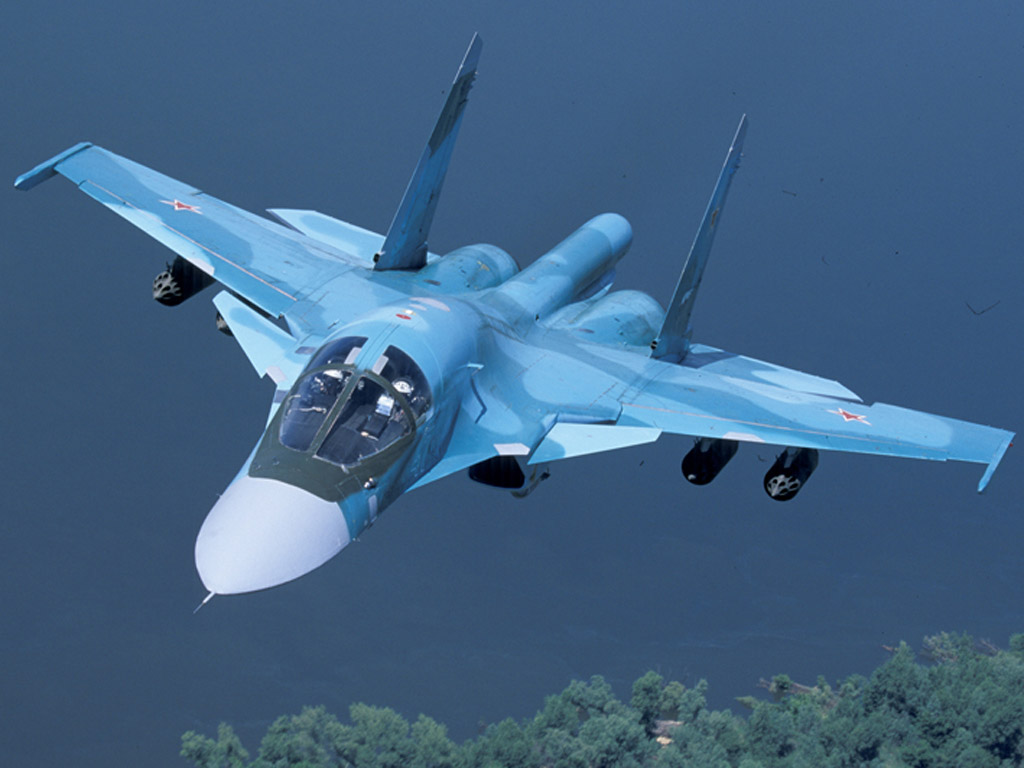
3. The Cost: A Blow Worth Over $100 Million
Each Su-34 runs approximately $34 million, and therefore the destruction and damage of four aircraft is a loss to Russia of at least $136 million destruction and damage of four aircraft is a loss to Russia of at least $136 million. Russian military bloggers have described the incident as a “multi-billion-ruble setback,” pointing out the financial and operational loss to Russia’s air force.
In addition to the aircraft, the attack also struck Marinovka’s technical repair complex, a primary building for jet preparation and repair. Taking this facility out of commission would ground more planes, compounding the operational disadvantage for Russian aviation.
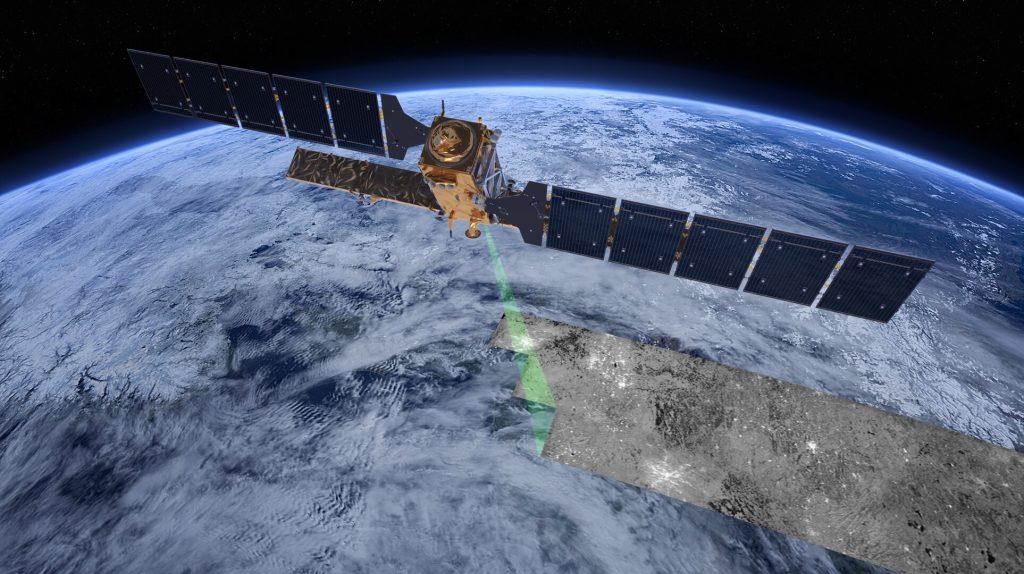
4. Satellite and OSINT: Confirming the Damage
Open-source intelligence (OSINT) and satellite imagery played a prime role in authenticating the result of the attack. Sentinel-1 images showing airplanes at Marinovka were released by the CyberBoroshno group just days before the attack, and subsequent images showed blast marks and residue of explosion of the munition. Sentinel-1 images showing airplanes at Marinovka.
These visual verifications, reinforced by Russian pro-military sources, are now a signature of contemporary conflict coverage, enabling analysts to make independent judgments and counter disinformation. As one OSINT analyst pointed out, “Secrecy is more difficult. Clandestine operations are more difficult. Certain types of deception are more difficult and the options for press and public scrutiny are greater”.
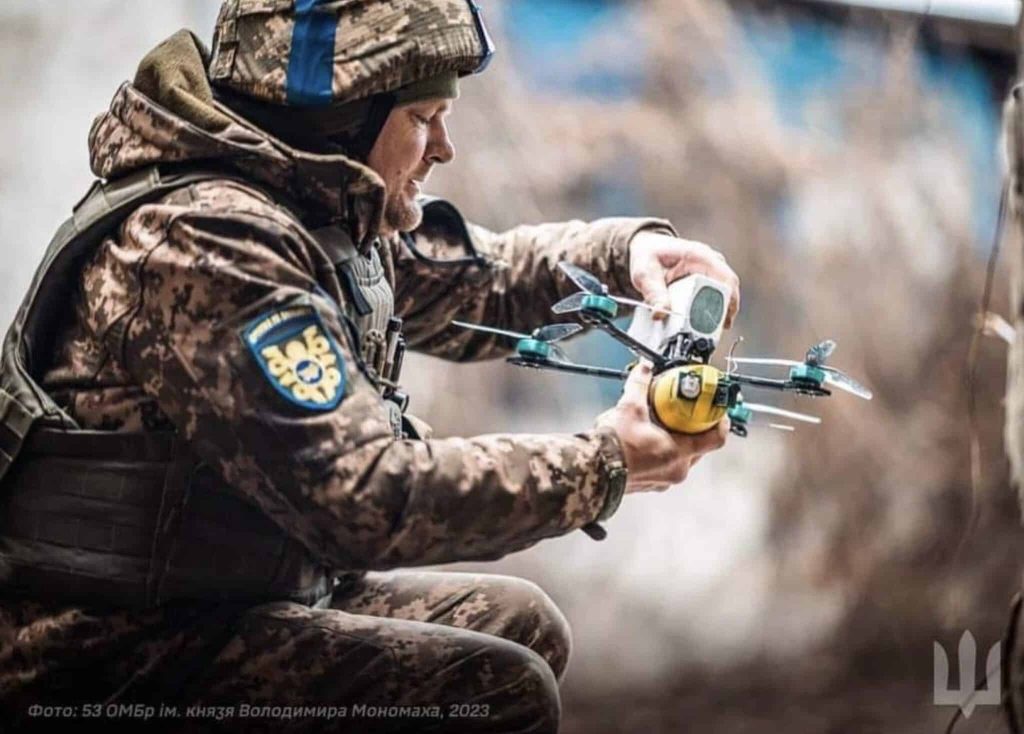
5. Ukraine’s Drone Arsenal: The Emergence of the FP-1 and Modular UAVs
Ukraine’s rapid drone development has shifted the balance of power. The FP-1, unveiled in May 2025, has a range of up to 1,600 kilometers and a 120-kilogram warhead, able to hit virtually all of western Russia FP-1, unveiled in May 2025, has a range of up to 1,600 kilometers. Terrain-following flight, modular construction, and commercial components enable those drones to evade Russian air defenses and penetrate deep targets.
The Ukrainian government has promised to produce a minimum of 30,000 long-range drones in 2025, with daily air raids now hitting airfields, logistics hubs, and industrial sites deep behind Russian lines producing a minimum of 30,000 long-range drones in 2025. It’s an industrial-level effort that has transformed Ukraine’s ability to interdict Russian operations and project power across the theater.
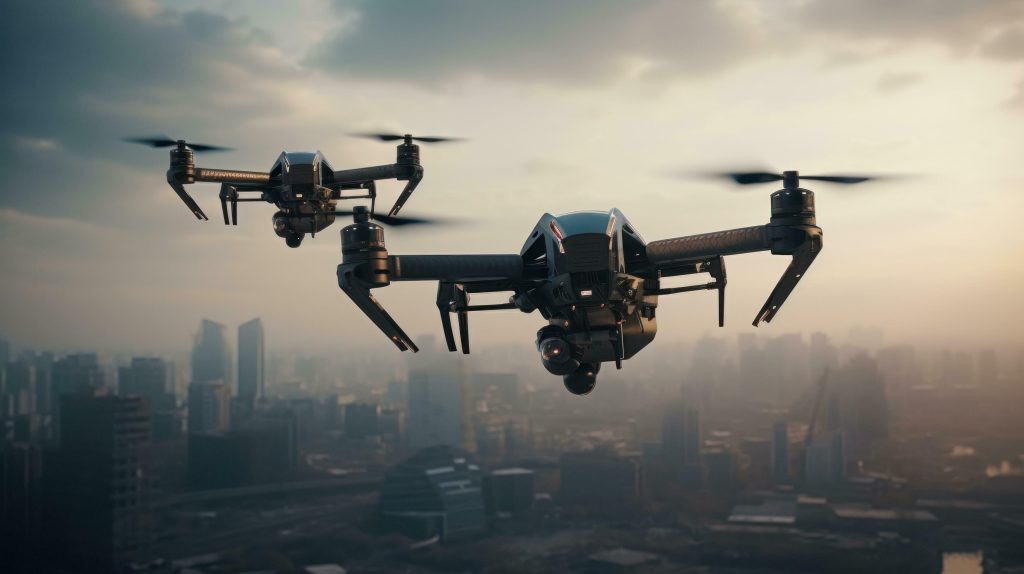
6. Russian Countermeasures: Dispersal and Its Limits
In reply to previous attacks, Russia has dispersed its aircraft to backup airfields like Marinovka, in an effort to minimise exposure. But the Marinovka raid demonstrated that even fall-back positions are vulnerable to Ukraine’s expanding drone range even fall-back positions are vulnerable to Ukraine’s expanding drone range.
Britain’s defence ministry observed that, despite dispersal efforts, “Russian aviation remains vulnerable” to Kyiv’s long-range attacks. The attack’s success has prompted renewed criticism from Russian military bloggers, with Ilya Fighterbomber Tumanov lamenting, “multi-billion-ruble losses that could and should have been avoided.”

7. The OSINT Revolution: Real-Time Conflict Transparency
The Marinovka operation is the best example of the use of OSINT and satellite imagery in modern conflict. Platforms like Picterra and Sentinel-1 allow analysts to detect, annotate, and authenticate damage in near real-time, avoiding official narratives Picterra and Sentinel-1 allow analysts to detect, annotate, and authenticate.
As Federation of American Scientists’ Steven Aftergood described it, “This data is out there. It’s on the internet. It’s not going to go away”. For defense analysts, democratisation of imagery and AI-aided analysis is now de rigueur for tracking battlefield progress and verifying claims.
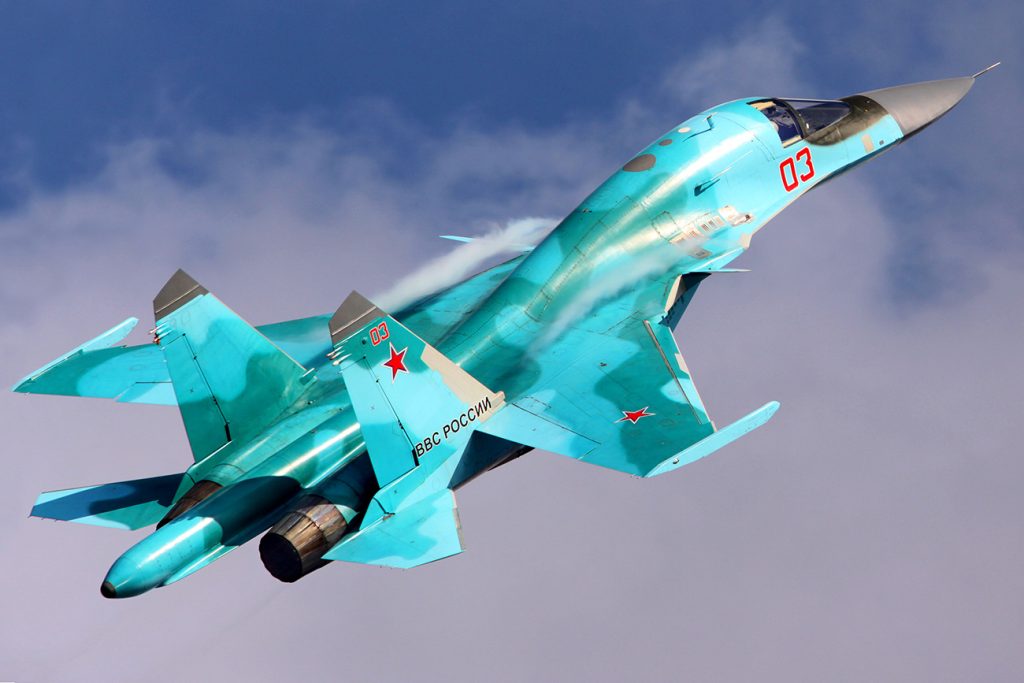
8. Strategic Implications: Capping Russia’s Glide Bomb Threat
The Su-34 air group is at the center of Russia’s glide bomb campaign, which has unleashed catastrophic destruction on Ukrainian cities. It is hoped that strikes on these aircraft and support facilities will reduce the frequency and impact of such raids reduce the frequency and effectiveness of such raids.
President Zelensky recently reported that Russian fighter planes had spent nearly 1,100 glide bombs in one week. Marinovka’s attack, therefore, is not just a tactical victory but a strategic effort to cut one of Russia’s deadliest capabilities.
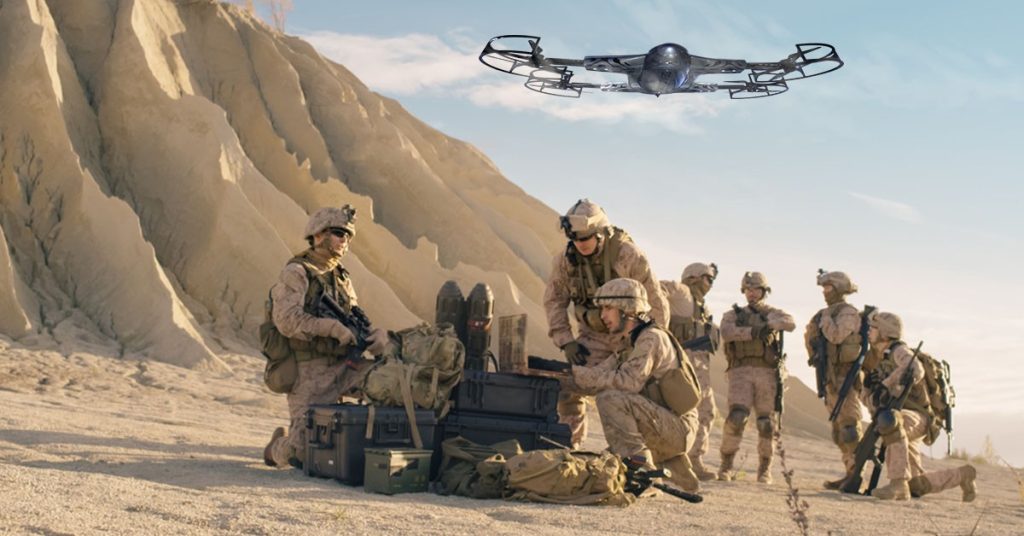
9. The Future: Drone Warfare’s Relentless Evolution
The Marinovka attack is one part of a larger trend: the ongoing build-out of drone warfare by both nations. Ukraine’s decentralized drone strategy, rapid certification cycles, and application of AI and modular payloads have raised the bar for responsiveness rapid certification cycles, and application of AI and modular payloads.
With over 500 companies now manufacturing drones and an endless supply of new variants coming into operational use, Ukraine’s unmanned military forces are growing in both size and strength. The message from Russian air power is stark: havens of sanctuary can no longer be found.
The Marinovka air base attack is a watershed moment in the battle between traditional air power and the revolutionary power of unmanned technology. As Ukrainian drone capability increases in range, payload, and tempo, Russia’s most valuable aircraft and infrastructure are becoming increasingly threatened no matter how far rearward they are staged. For defense professionals and OSINT analysts, the incident is a reminder of the need to track not only battlefield losses but the technological and doctrinal developments reshaping the future of air warfare.
